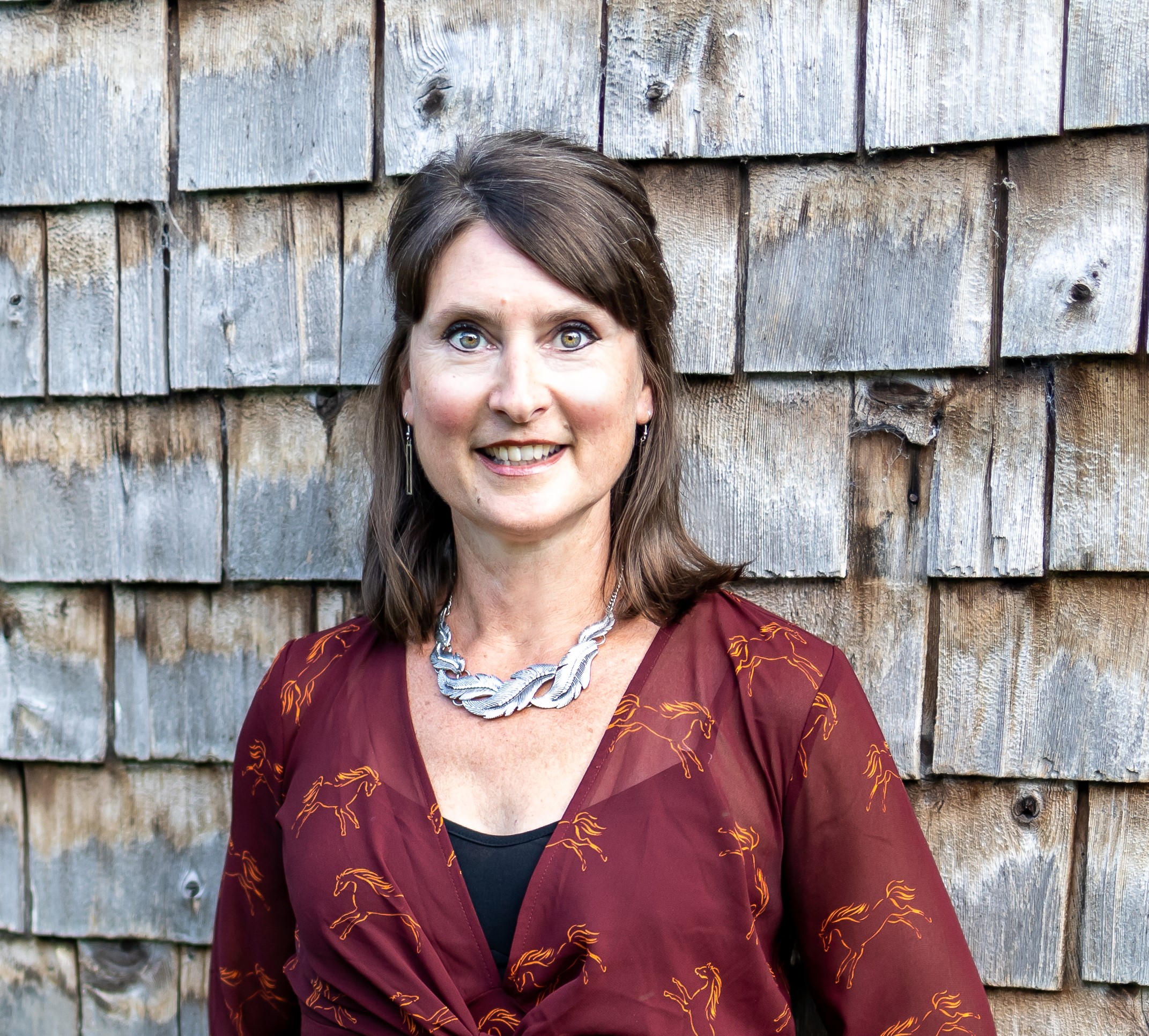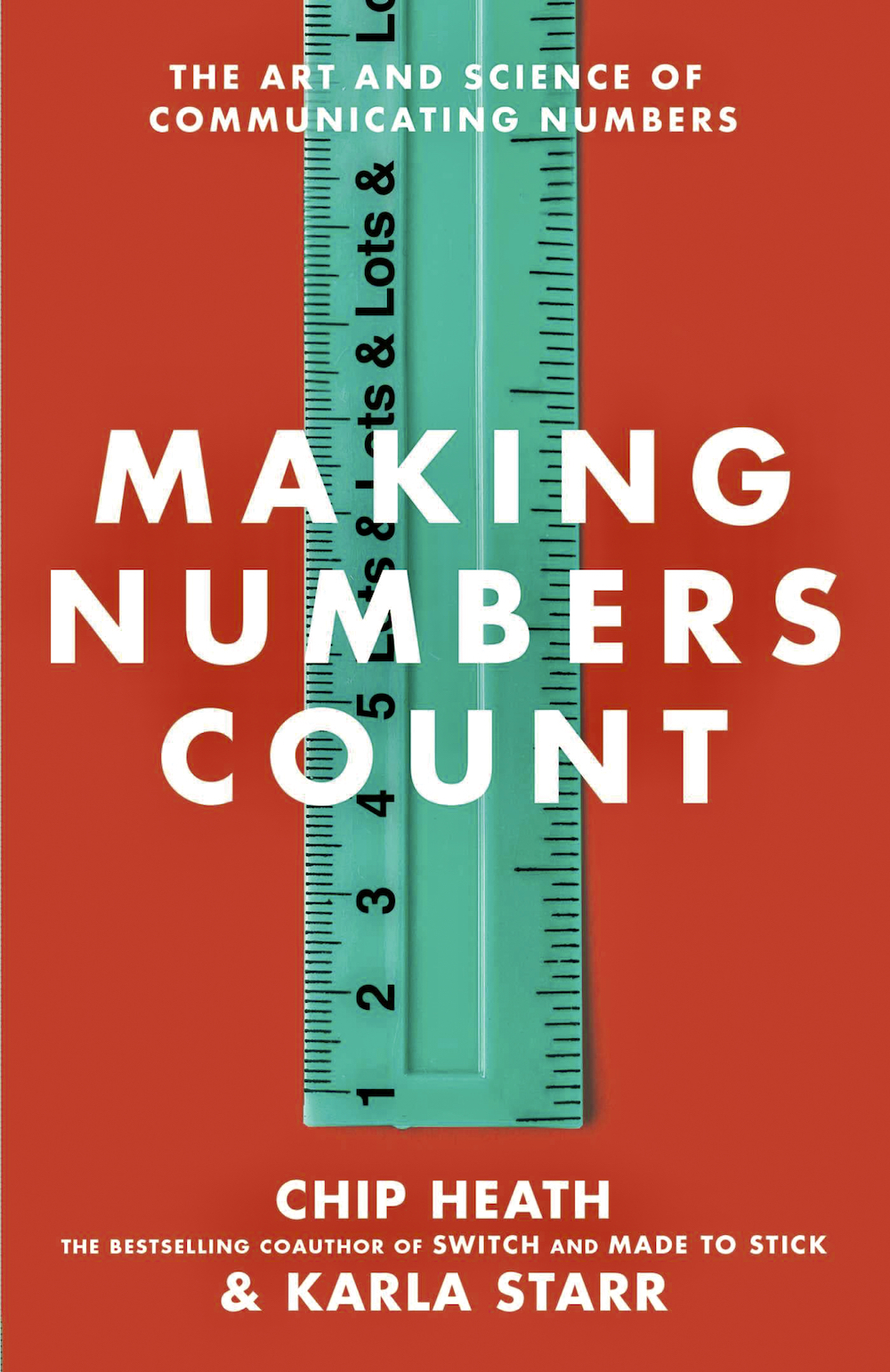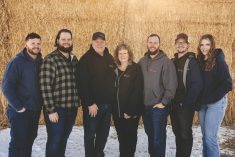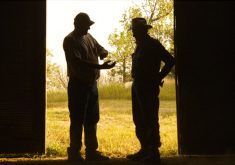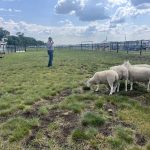Making Numbers Count
By Chip Heath and Karla Starr (Simon & Schuster)
Okay, let’s have a show of hands. How many of us have ever said we’re just not “numbers” people? I have, many times. I do get their inherent value, but I have to admit sometimes I have struggled to see the totality of what they can tell me.
Most of us can get lost when we talk about ratios, or why dividing Column C by Column A is the way to find out what we need to know.
Read Also

Ground rules for farm family communications
Establishing meeting ground rules can help your family find ways to communicate that work for your farm. Here are some…
It turns out there’s a reason we’re puzzled. Biologically, no one is actually born a “numbers” person. But that doesn’t mean we can’t do something about it.
Chip Heath and Karla Starr write in their book Making Numbers Count: The Art and Science of Communicating Numbers that “we live in a world in which our success often depends on our ability to make numbers count.”
This is unquestionably true, especially if you own or manage a farm business. But the authors also show how humans weren’t built to see numbers more than five, and we can’t do complex operations in our head. “Math is no one’s native tongue,” they write. “At best, it’s a second language, picked up in school through formal teaching.”
This leads to two revelations: 1) if we speak the language of numbers more fluently ourselves, we can help others by translating the numbers into familiar concepts that the others will understand; 2) if we aren’t numbers-fluent, we can teach ourselves to understand numbers better by using the tips in this book.
The authors point out that most cultures lived in a world that understood only small units of measurement, mainly related to the human body, “the omnipresent measuring stick.” Furthermore, different cultures estimate weight or measurement based on everyday items in their immediate environment.
For example, in Canada we’d have a good idea how long something is by saying it measures three hockey sticks while in France they might measure against the length of a baguette. “You will have more success if you are able to translate your numbers (into something familiar) so everyone around you can understand and engage,” write Heath and Starr.
Another way to understand abstract numbers, say the authors, is to turn them into a concrete representation of the senses. They offer the example of computer programming engineer Grace Hopper, later Rear Admiral in the U.S. Navy. She needed to chastise her students for wasting microseconds — time that could help save lives in her world, but a tough frame of reference to get motivated by.
So, to drive home the point that in wartime, a fraction of a second can separate life from death, she showed her students a 984-foot length of wire. That’s the distance that electricity travels in one microsecond (about the length of three football fields).
You can imagine which had an impact on the students’ performance — one microsecond or three football fields.
An additional potential issue with numbers is that “like complex language, (they) can distort the truth,” say the authors. We all know this. If you’re conducting benchmarking exercises for the farm, researching data for an upcoming project, or looking for numbers to help you make a decision, it can sometimes be tricky to know whether a number is representing something “real.”
In an age rife with misinformation, we must be critical about whether we accept a number as true. As the book explores, “If we can practice making numbers into real things — Krispy Kreme donuts, populations of cities, deaths from a disease — then we don’t have to automatically trust or distrust. We can sort for ourselves.”
Still, some numbers are just too massive for us to even fathom (e.g. the distance to the sun). Conversely, some are far too small (e.g. the size of a virus). “People use measurements like ‘Olympic-size pool’ … because of a bias we call big-ism — the instinct to go for large, seemingly impressive comparisons”, we read here. “Big-ism wows our senses, but it doesn’t cultivate understanding.” Instead, they suggest using the Goldilocks Principle to make your numbers just right, bringing them down (or up) to a “good human-scale comparison.”
If you’re having trouble understanding an incomprehensible number, try recasting the number in a different dimension. The authors suggest that “(i)f a number, calculation or comparison doesn’t make immediate sense, try converting it to a whole other type of quantity.” One example they provide is converting calories to well-understood actions.Rather than try to comprehend that a single Pringle has 10 calories, they reframed it as “In order to burn off the calories in a single Pringle, you’d have to walk 176 yards, or almost two football fields.”
The book’s fundamental belief can be summed up in one sentence: “For anything you care to do, plan or imagine, there’s a number attached to it, and for every number there’s some translation that will allow you and others to intuitively understand and feel that number.” Whether you’re trying to become more numbers-fluent yourself, or you’re trying to help a business partner absorb financial data on the business, your success lies in removing the intimidating complexity of numbers and transforming them into the friendly and the familiar.

